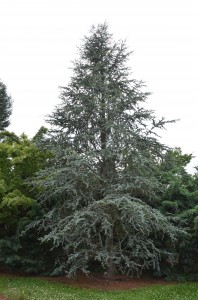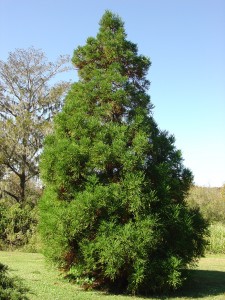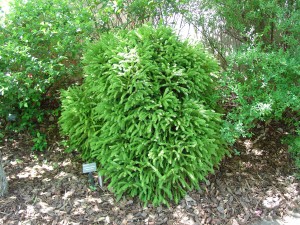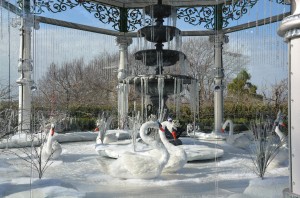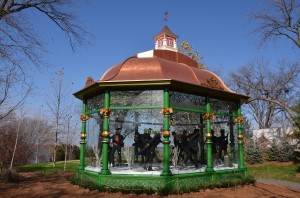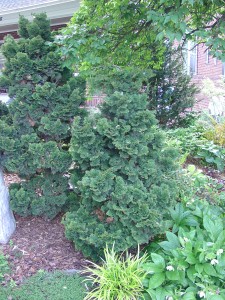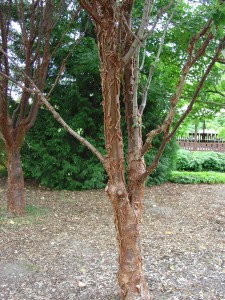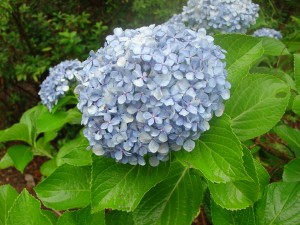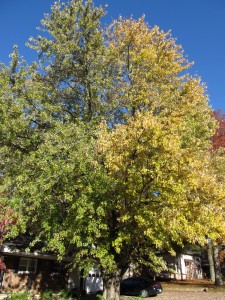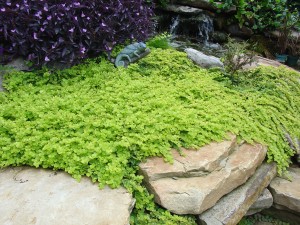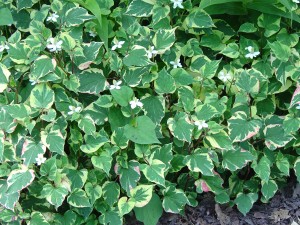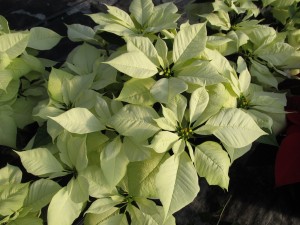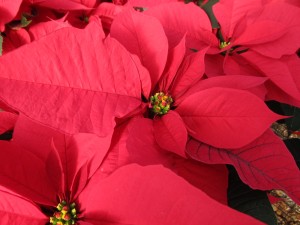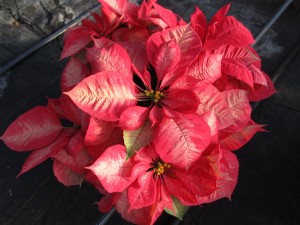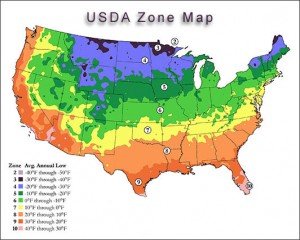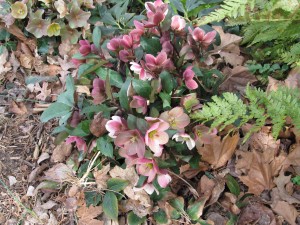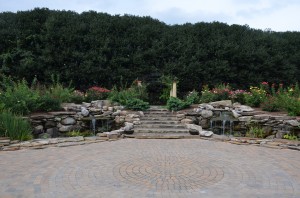Blue Atlas cedar (Cedrus atlantica ) hails from the Atlas Mountains in northern Morocco and Algeria (USDA hardiness zone 6). The cultivar ‘Glauca’ has been the popular choice because of its blue green foliage. Blue Atlas grows to 40-60 feet in height, but individuals over 70 feet are hard to find. Mature forms, those 50 years or more age to become conifer aristocrats.
Atlas cedar is a “true” cedar. In its early years, Atlas cedars grow tall and narrow with rigid upright branches. Young tree framework is strongly pyramidal. As it ages, overall tree canopy widens, taking on a slightly weeping form. Tufts of 1-inch long deep blue needles develop from late spring through early fall. Needle color over winter washes out to slate blue; needle color plus medium gray bark are handsome winter features.
This conifer prefers a deep, well-drained, slightly acidic soil. Never plant on a tight poorly drained soil where water may stand over several days. Allow plenty of room for branches to spread gracefully. Its ability to handle snow loads is debatable. Pest and disease problems are rare if planted on an open site in full sun and with good air movement. Permit 2-years for establishment with backup irrigation over long dry spell. A multi-year old tree exhibits exceptional heat and drought toughness.
The 3-4 inch long cylinder shape cones lay above the needle foliage and need two years to mature. Purchase grafted nursery stock as seed produced plants do not hold their needle color year-round.
Their enormous size makes them ideal selections planted in spacious public areas such as urban parks, golf courses, industrial parks, wide boulevards, and cemeteries. For narrow restricted spaces, select the upright cultivar ‘Fastigiata’. ’Glauca Pendula’ is an awesome weeping form, but requires staking in its early years to attain its desired height and form.
Personal note: I have seen 100+ year old specimens in the northeastern U.S. which stand tall and majestic for a century and more.

